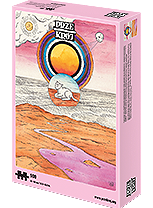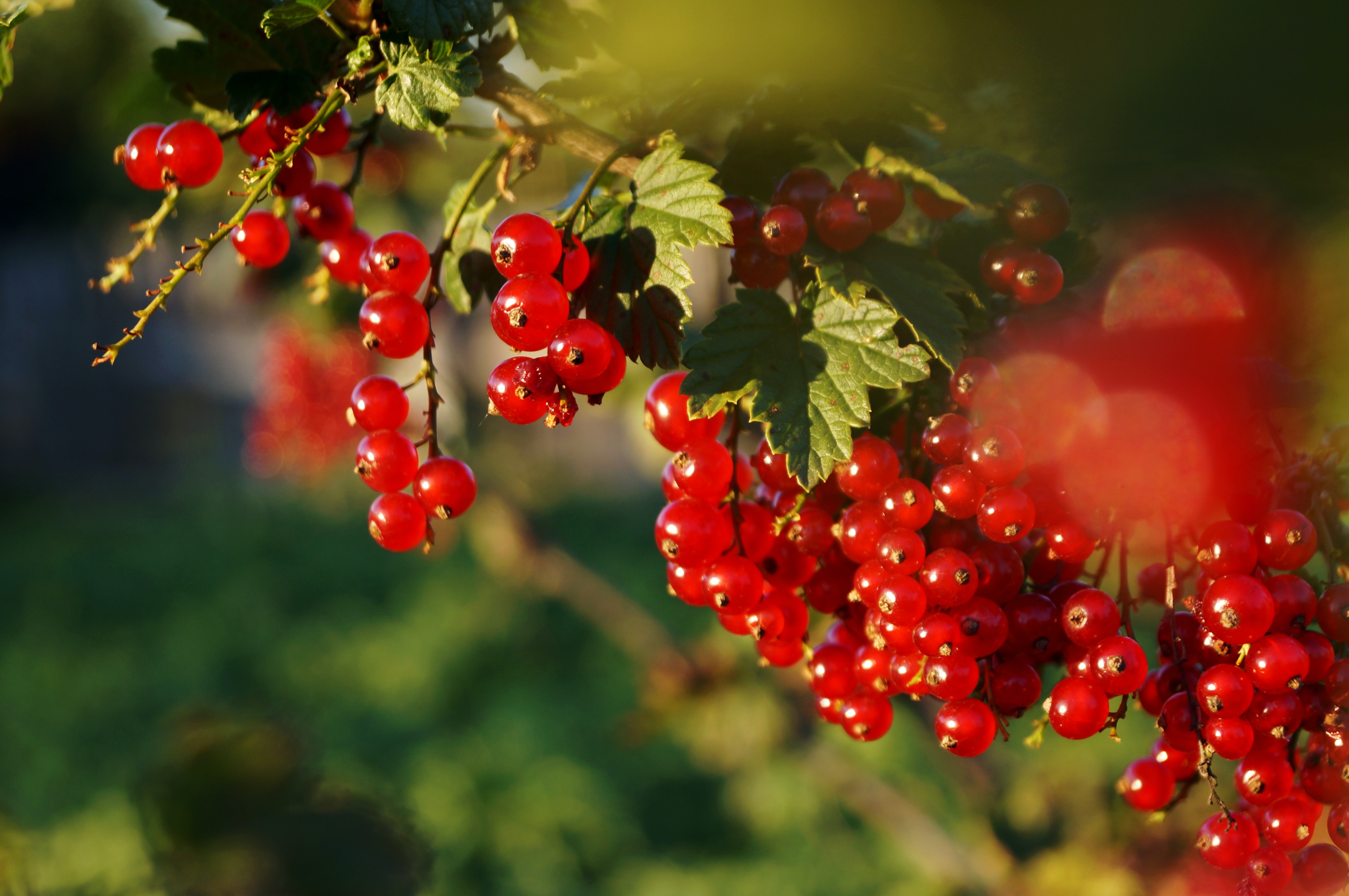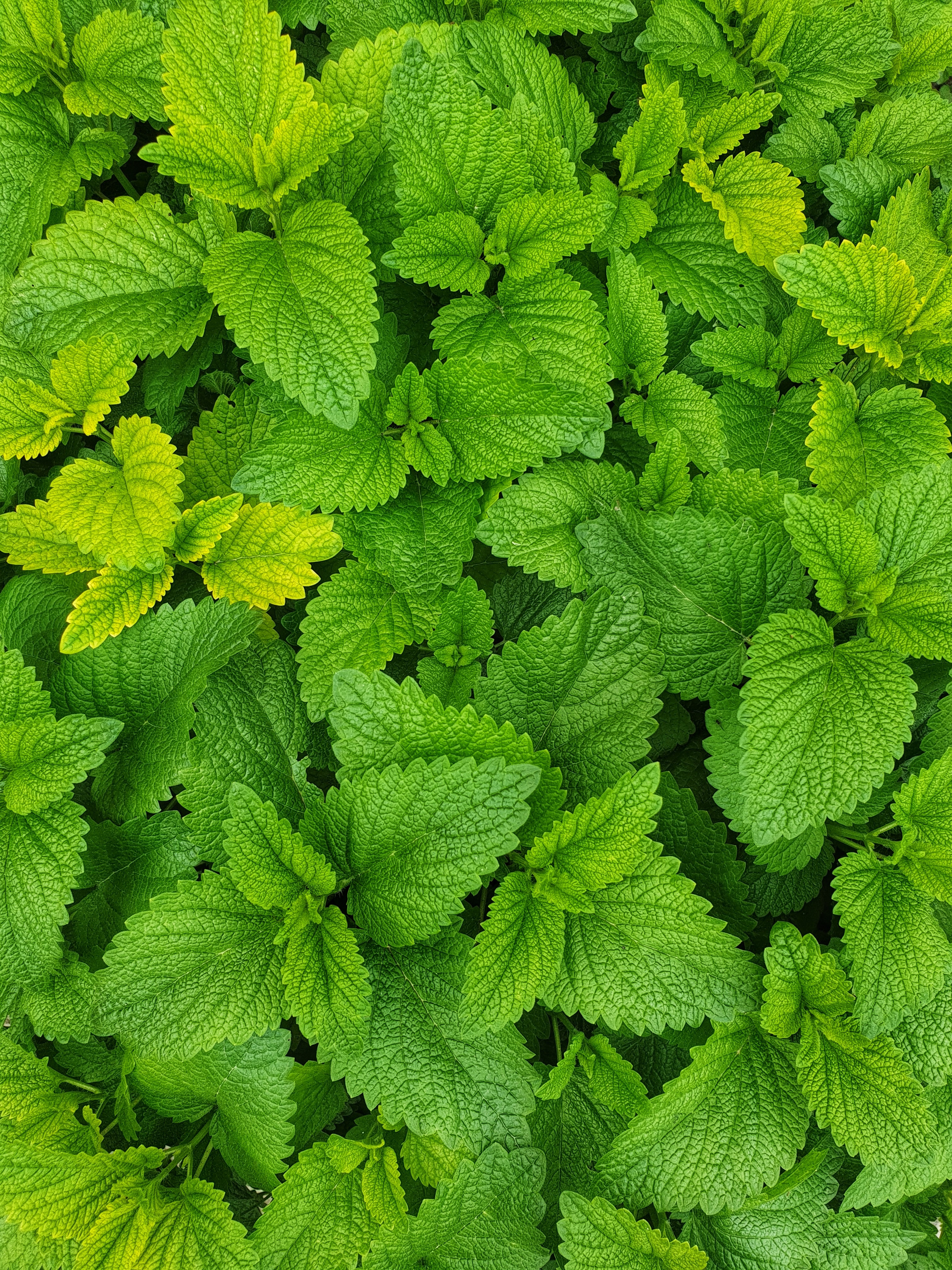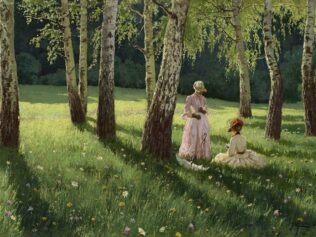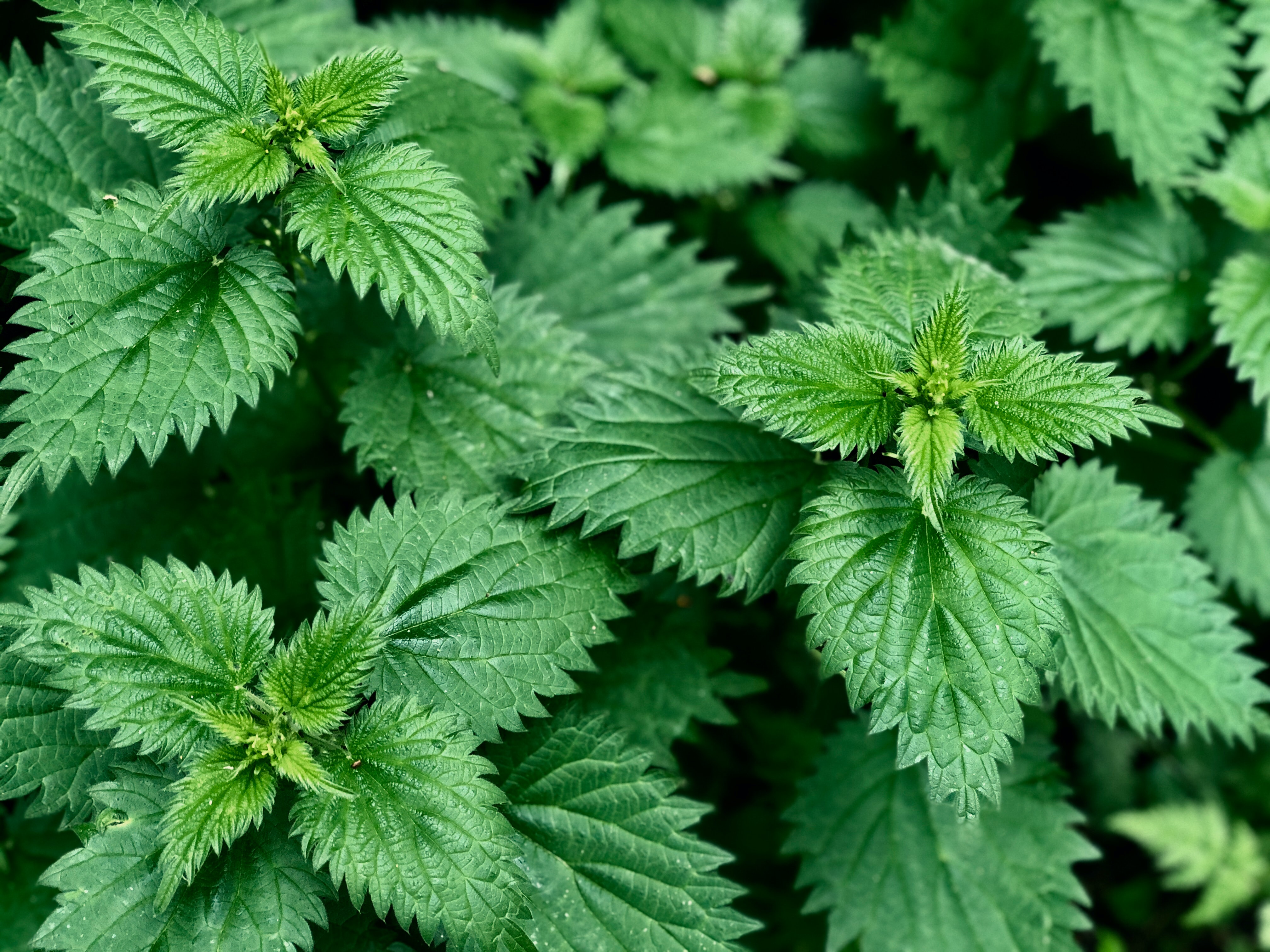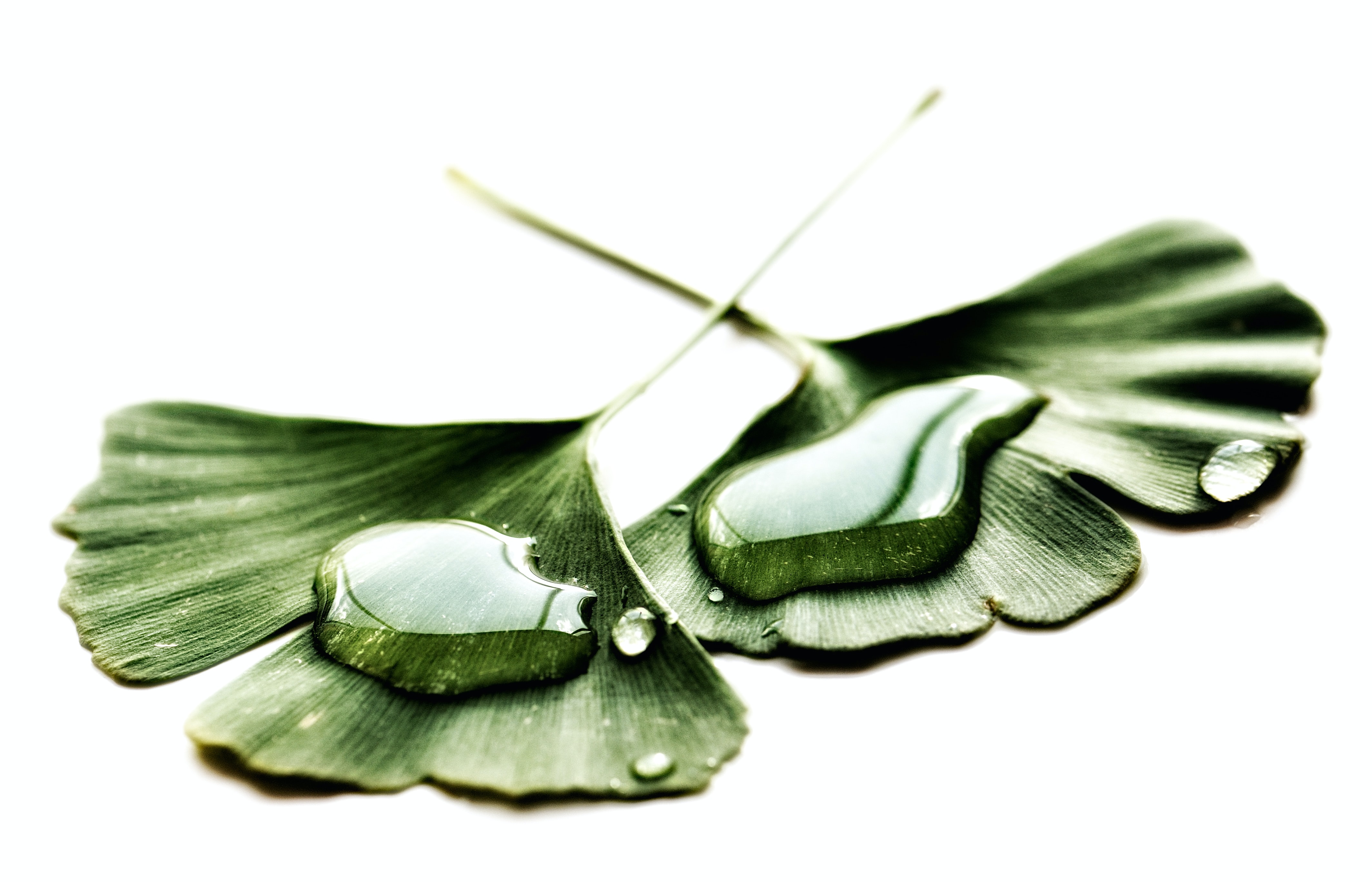
Slippers, chewing gum, and linden body wash – our ancestors made all of this (and much more) from tree bark. What about us? Let’s not forget about trees – they still have a lot to offer.
Our ancestors believed that trees were endowed with beneficial qualities, or even magical powers. But what is our relationship with trees today? On a daily basis, we tend to give them little attention, even though it’s really simple: we just need to go out, stop for a second, place our hands on their bark and enjoy their power.
To learn about the therapeutic – or even ‘magical’ – powers of trees, it’s worth consulting Plants in Folk Beliefs and Customs, published by the Polish Ethnological Society. This book, written by Polish ethnographer and ethnobotanist Adam Fischer, consists of entries dating back to the early 20th century, as well as the author’s later work. Drawing on old herbariums and ethnological research, Fischer put together a monograph about 200 species of plants. In the past, trees seemed closer to humans. We relied on them for protection, for cooking, and as an easily accessible medicine.
According to Fischer, the bark of young linden trees, for instance, was used for making slippers. Nara – a physician from Mongolia who I met in Poland – told me that even today people in her country make crockery from birch bark, which helps food stay fresh. “Cream won’t go bad,” she assures me, and quickly moves on to mention the best chewing gum. “Collect a bit of natural resin from a dark tree: the Siberian larch. It looks like tar and tastes good – a little woody, but not sweet. It’s wonderfully refreshing. And it cleans the teeth.”
Sara Grolewska (who runs two blogs about making use of herbs and plants) explains that willow tree bark is a plant-based aspirin – it’s the perfect cure for fever and inflammations due to the natural salicylic compounds it contains. Fischer, on the other hand, describes how “a splint from lilac tree bark was used to perforate gums when teeth would hurt. Then the splint was put back into the same place to grow into the tree again.” As he further explains, “a person suffering from a fever should make a hole in a linden tree and sneeze right into it, saying ‘Go away, fever!’ He should then put a stick into the hole to make sure he’s been cured.” Apart from reading about the beneficial properties of the linden tree, I also came across the following piece of advice: “The most effective way to help children stop wetting the bed is to make them jump over a linden tree’s log […]. A child ought to jump over it several times a day for nine consecutive days.” A 19th-century recipe for happiness!
The bark of some trees can also serve as an incense for smudging. Farewell to the famous palo santo, which is often produced in an ethically questionable way!
I didn’t live in a place (or time) where everyone had their very own tree planted in the garden – either an apple or pear tree. And I don’t live anywhere near a wayside shrine, where linden trees, considered holy, were traditionally grown so that one could smell their scent while praying. I do remember, though, how bark and branches would hurt my knees when I was playing with the other kids outside and needed to quickly climb a tree to hide there.
In times that I cannot remember, trees that touched each other were supposed to ensure the effectiveness of magic spells. As Fischer noted about 90 years ago: “In Cieszyn Silesia, beech is also used for love spells. People go into the woods to search for a beech that grows so close to a fir tree that they touch each other when the wind is blowing. They need to locate the place where trees touch, peel some bark off, burn it and serve it as a drink to their chosen one, who will be soon consumed by the burning flame of love.”
Bark is also the best (although nowadays forgotten) dye. I asked Olka Bystry – an artist and creator of the Dzikie barwy project – whether we need to hurt trees to gather bark or can use bark that has already fallen off instead. She reassures me that she harvests bark from young branches, ideally after a windfall. She also uses the bark of fruit trees after springtime clearing in the garden. This non-invasive approach is respectful towards nature, which generously shares with us a plethora of colours – from different shades of brown, through russet red, beige, grey, graphite, to purple and black. The effects of the dyeing process depend on both the tree species whose bark is harvested and the technique that is employed. Peach tree bark, for instance, gives a warm apricot shade through fermentation dyeing in water with some soda. There is, however, a side effect: an unpleasant, pungent smell. Nature also teaches us to accept things that are commonly considered uncomfortable or ugly.
To return to Fischer: “A person suffering from consumption shall bathe in linden sprouts and thyme boiled with fresh pig’s manure.” Munka Bączyk and Aga Jarząb – two plant experimentalists known as Panny Dziewanny – enthusiastically declare on Facebook: “Black gold! Peat mud!” After boiling, it smells bad, but it’s worth it since we can obtain “crystal clear distillate with therapeutic properties.”
In my laboratory of experiences – a botanical garden – there are various tree species. You can choose either those most huggable, which can be easily embraced by one person, or those that require a few pairs of arms. Once, when I was hugging a tree, someone asked if I needed help. This kind of intimacy might be slightly embarrassing. I imagine tree hugging workshops or mindfulness practice based on working with bark, which is a form of forest bathing – a process in which we become immersed in the forest, through all our senses. Nowadays, when we crave intimacy so much, trees remain open to our warmth. They’ve always been in quarantine, so they deal with it well. They’re not going anywhere.
A tree-hugging journal
Hands seem to have been created for touching. They can feel warmth. They sense any roughness and receive signals that something is wet or dry. I offer them what they’re not used to: something that will only slightly resemble another body, with its scars and wrinkles. I record our meetings.
Common oak
It takes five people with an arm span of a metre-and-a-half to embrace him. A giant. He’s been alive for over 250 years. Fingers can be put inside his deep grooves. His bark’s fissures form curves and loops, as if furrowed by a flowing, meandering river. The curves’ sharp edges serve as scaffolding for spiderwebs. A natural monument.
Cornelian cherry
Her entire surface is covered with small, overlapping flakes, which resemble roofing tiles. They fall off when touched. Beneath the outer layer, there is another one, slightly porous, like a stone plaster used in the past. This tree isn’t so huggable. It’s fragile and lacks a solid corpus. It’s a better idea to embrace her with fingers.
Dawn redwood (Metasequoia)
Hyphae. They’re a bit like massive splints, but won’t lacerate your fingers. Some are vertical. Perhaps they want to stand out? At eye level, she’s covered with gossamers, one on top of the other, like floors in a block of flats. However, as the prefix ‘meta’ suggests, she isn’t down-to-earth like a block of flats. She’s above it.
Ginkgo
Everything about him is old. There are cracks on his outer bark, as if some force was pushing from the inside. The layers, spreading out at fingertips, are dry. They rustle like wafers. In the lower parts of old ginkgoes, you can find the so-called Chi-Chi – growths that resemble icicles. It takes him ages to do anything. He produces offspring at 40. His fruit, generously spread around, smells like rancid butter. A living fossil. Ginkgo: a grandpa tree.
Silver fir
It scratches your cheek like a beard. One pair of arms is enough to embrace it. At first glance, its texture is smooth, mossy, hermetically insulated with a green layer. Attention! After direct contact, it leaves green traces, which can stay for a long time. Allegedly common, yet unobvious.
Black pine
Its silver and beige spots resemble petals, with slightly elevated and smooth edges, as if meticulously polished with sand paper. It takes two to embrace it – possibly one adult and one child. Bark pieces shaped like jigsaw puzzles or almond petals can be found under your feet. When placed against a cheek, it is most pleasant and perfectly smooth. Its name goes against its colourful nature.
Common beech
Elephant legs. Even its colour resembles that of an elephant. Here and there, you can spot transversal traces that look like eyes with wrinkles around them. Its texture reminds me of handmade paper. On a sunny day, a play of light and shade can be observed on its unvarying surface. It takes four to embrace its trunk with several branches (although the space between them should be also factored in). Its skin is quite dry. If it was elephant’s skin, it would be warm.
Silk floss tree
Occasionally, you come across an introvert. It’s difficult to hug him; he keeps his distance. At the same time, his seduces us and amazes us with his beauty. His entire surface is peppered with conical dragon’s thorns. Silk floss tree: amazing and unapproachable.
Gleditsia
She can be spotted on city lawns. Her hallmark: big green, beany pods hanging down. In the autumn and winter, her brown seed coats litter the pavements. The upper parts of the trunk resemble a guard tower – they’re tightly entangled with six-centimetre-long thorns. They say no cat can climb her. Gleditsia: even her name protects itself from being remembered.
Translated from the Polish By Joanna Mąkowska

